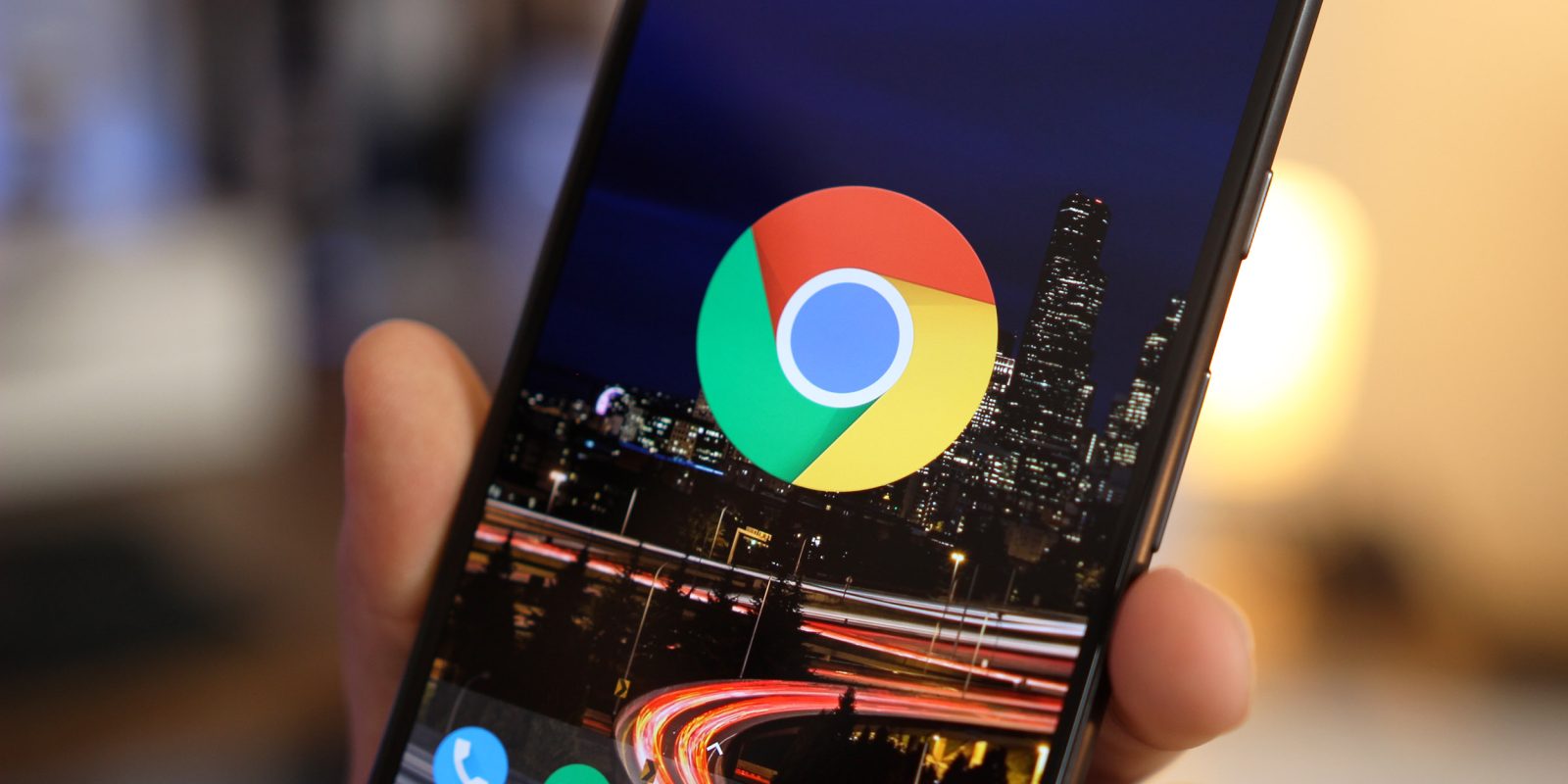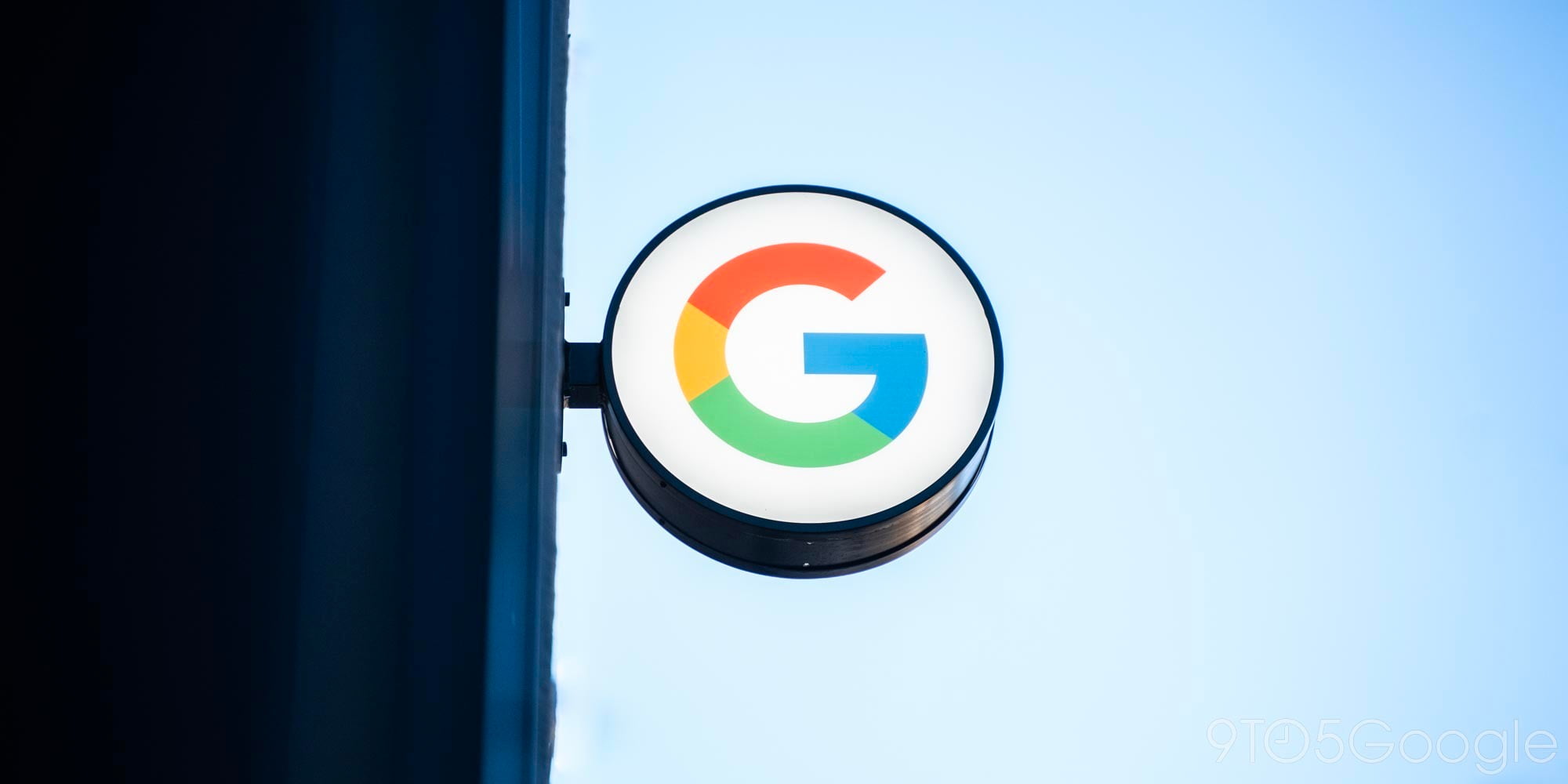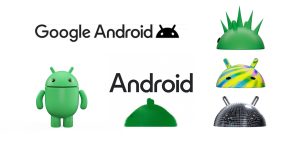
Following this week’s rollout to Mac, Windows, and Linux, the latest version of Chrome for Android is beginning to rollout to the stable channel. There are a number of minor new features accompanying the usual security fixes and under-the-hood changes in Chrome 62.
To increase security, Google is now extending the “Not secure” warning to any HTTP site where user data is entered. On Android, instead of a lock icon in the address bar, users will see an info icon, which they can tap to reveal a panel that notes how “Your connection to this site is not secure.”
Meanwhile, every HTTP site in Incognito will show the “Not secure” warning as Google notes the increased expectation of privacy that users have in this mode. The goal is for all non-HTTPS sites to feature this badge.
They first appeared this January on HTTP sites where password or credit card fields were present. Google notes that thanks to this change “64 percent of Chrome traffic on Android is now protected, up from 42 percent a year ago.” Additionally, “71 of the top 100 sites on the web use HTTPS by default, up from 37 a year ago.”

While the Chrome Home bottom bar redesign is not yet live for all, Google is already working on a tweaked interface for it. The Omnibar for entering addresses and searching is rounded, as are the suggested article cards on the New Tab page. Meanwhile, there is a brighter shade of white that sees the browser’s background change from dark grey.
Meanwhile, Chrome 62 on Android 8.0 Oreo adopts Notification channels for sites that send notifications. As a result, taping Notifications from Chrome’s Settings menu will open the System Settings app for simplified and centralized management.

Chrome for Android is also gaining the ability to play protected media offline through EME and support for Widevine L1 — the highest security level for this particular DRM — that allows sites to play encrypted media.
The Network Information API in version 62 returns actual stats about a user’s connectivity rather than just estimates based on the connectivity type. Metrics include current expected round trip time, throughput, and notifications of performance changes. One use for this API is to optimize for network constraints, like detecting a user’s slower connection and automatically serving a simplified site.
With support for OpenType Variable Fonts, typography gains responsive design. At the moment, a font file contains a single instance of a font family, with one weight (Regular, Bold, Black) or one stretch (Normal, Condensed, Expanded). Variable fonts allow for type to easily change its stretch, style, and weight through a single compact font file.
As the name suggests, the new Ambient Light Sensor API — enabled by default on Android — allows sites to adapt to changes in light intensity.
Chrome 62 for Android will rollout over the coming weeks via the Play Store.
Check out 9to5Google on YouTube for more news:
FTC: We use income earning auto affiliate links. More.



Comments